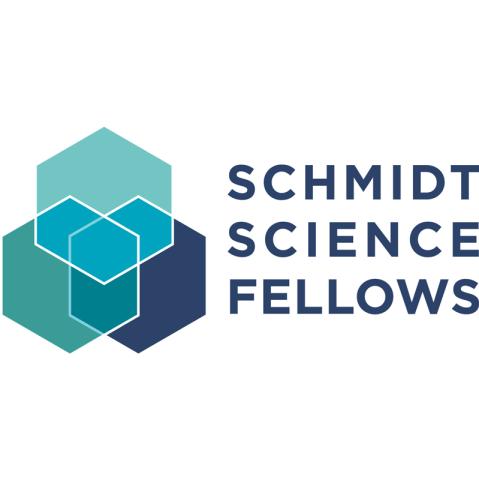
It takes connections to become a research superpower
At Northwestern University, a long history of interdisciplinary collaboration among its world-class faculty generates groundbreaking research
Interdisciplinarity
Sponsored by

Advice for bringing together multiple academic disciplines into one project or approach, examples of interdisciplinary collaboration done well and how to put interdisciplinarity into practice in research, teaching, leadership and impact

You may also like
Popular resources
A survey of Northwestern University’s latest research projects highlights the institution’s commitment to interdisciplinary science and reveals how vital these cross-disciplinary approaches are for transforming our world. These successes often involve innovative investigations from its medical and engineering faculty, with projects bridging the university’s Chicago and suburban Evanston campuses. For example, one research project uses sensors to improve treatment paths for patients with Crohn’s disease, a chronic inflammatory bowel disorder. The full story of how Northwestern became a top-ranked research institution has deep roots.
Eric Perreault, vice-president for research at Northwestern, suggests the story dates to at least the 1950s when research initiatives led to the university’s biomedical engineering and materials science departments being launched. These efforts established an impact-focused research environment that resisted siloed thinking.
“This interdisciplinary research culture is deeply embedded in Northwestern,” Perreault says. We have worked hard to foster interdisciplinary research on campus and continue this tradition. One way we have done it is through our 35 university-wide research institutes and centres (URICs), which fuel innovation and translation.”
Northwestern’s research culture manifests itself in the scale of its operations and the infrastructure it has developed. More than 700 Northwestern faculty from 100 different departments work within the URICs. One relatively recently established URIC focuses on synthetic biology, bringing together biology, engineering, physics, mathematics, computer science and social sciences under one roof. Northwestern is already considered a leader in this cross-field domain, and its synthetic biology faculty has launched multiple start-up ventures, adding to the university’s entrepreneurial portfolio.
“We have this really interdisciplinary approach attempting to drive transformative innovation in various areas, including targeted drug development, sustainable manufacturing and advanced materials. To do that, you need to have a deep understanding of biology, a deep understanding of how to engineer new systems, and a deep understanding of the challenges people are facing,” Perreault says.
There are more than 50 core facilities on campus, where researchers can access PhD-level expertise and state-of-the-art equipment for gene sequencing, imaging, or materials characterisation. When Northwestern invested $8 million (£6.4 million) in a cryo-electron microscopy system, it ensured that faculty from myriad disciplines could access it.
“Our shared facilities increase access to top-tier instrumentation and provide a common platform that brings faculty from different disciplines together for a common purpose,” Perreault says. “They see each other when designing experiments or collecting data, often spurring new ideas and collaborations.”
Third-party partnerships can yield dramatic results, such as Northwestern’s collaboration with Washington University School of Medicine in St. Louis, which developed stickers that monitor a patient’s internal organs via ultrasound, offering an early warning sign for post-operation complications.
Northwestern also contributes to and benefits from a first-class regional research ecosystem. With two national laboratories nearby, it can access supercomputers and other resources that no university could afford. At the same time, it contributes to research excellence in numerous fields, from chemistry and materials science to physics, medicine and various engineering domains. It also partners with fellow regional institutions when applying for federal or foundation funding. A three-way project with the University of Chicago and the University of Illinois Urbana-Champaign secured a $250 million (£200 million) grant from the Chan Zuckerberg Initiative to fund a pioneering biotech hub, the president of which is a Northwestern faculty member.
Research culture and history can only take an institution so far. Ultimately, academic talent sustains innovation, and Northwestern offers a fantastic environment and attractive opportunities to faculty and students alike. After all, Perreault says, recruitment is the bedrock of Northwestern’s success: “One of the things we are doing well is educating the next generation of global talent – students who will bring exceptional and highly interdisciplinary skills to industry and academia.”
Times Higher Education has partnered with Schmidt Science Fellows to develop a new ranking measuring universities’ contribution to interdisciplinary science. Find out how to participate.
Find out more about Schmidt Science Fellows.
Interdisciplinarity
Sponsored by



Comments (0)
or in order to add a comment